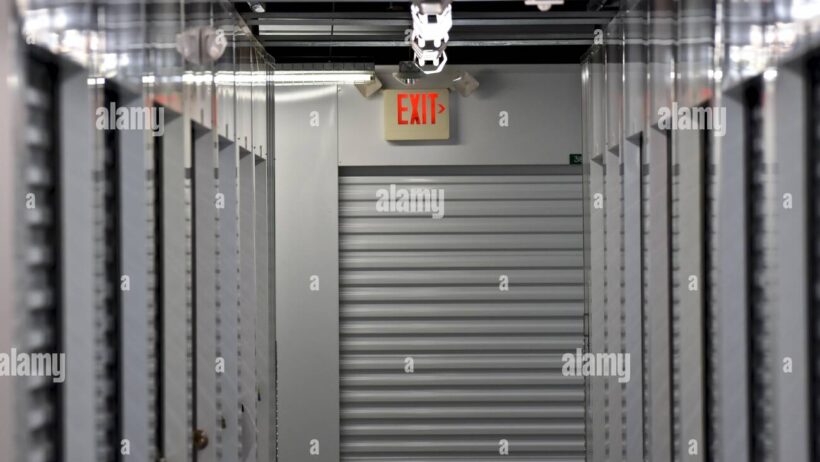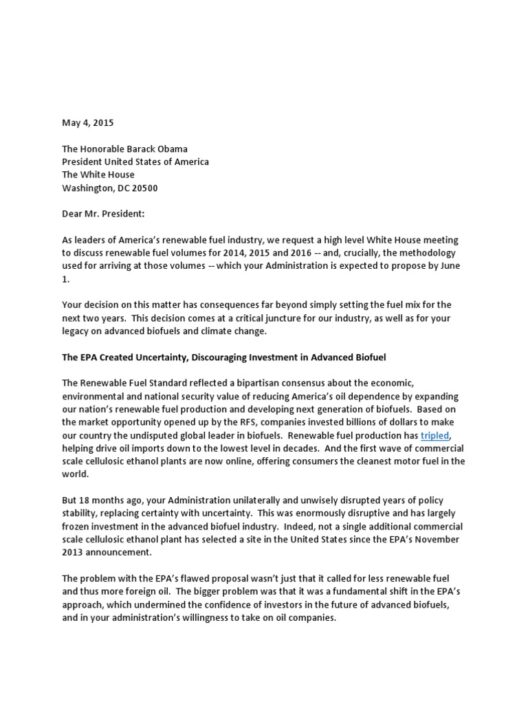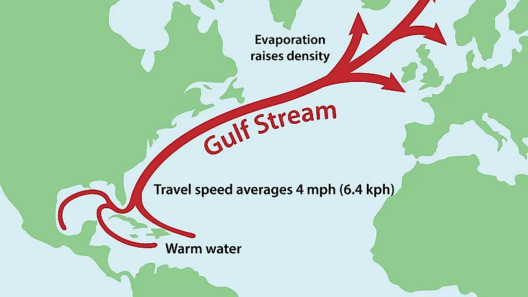Climate control serves as a pivotal component in the realm of self-storage units. As the climate crisis intensifies, understanding what climate control means in this context is not only beneficial for preserving personal belongings but also sheds light on broader environmental concerns.
When considering self-storage solutions, one generally prioritizes security, accessibility, and price. However, the term “climate control” often emerges as a crucial feature that merits deeper exploration. So, what exactly does climate control entail, and why should it matter to those utilizing storage units?
At its core, climate control refers to the regulation of temperature and humidity within a storage unit. Typically, a climate-controlled unit maintains a consistent temperature, usually between 55°F and 85°F, ensuring that items stored within are shielded from extremes of weather. This regulated environment becomes particularly significant when storing temperature-sensitive items such as electronics, musical instruments, artwork, or important documents. High temperatures can warp wood, degrade delicate fabrics, and cause paints to crack, while excess humidity can lead to mold growth and rusting.
Moreover, the intrigue surrounding climate control extends beyond personal belongings. It taps into broader themes of sustainability and environmental stewardship. As the planet grapples with fluctuating temperatures and changing weather patterns, the significance of preserving materials becomes paramount—not only from an economic standpoint but also from an environmental point of view.
A closer examination of climate-controlled storage reveals several advantages. Firstly, it offers protection against pests. Uncontrolled temperature and humidity levels can create an inviting environment for rodents, insects, and other pests. Climate control reduces the likelihood of infestations, ultimately safeguarding the integrity of stored possessions.
Furthermore, today’s consumers are increasingly conscientious about environmental impact. The ability to store goods without fear of damage allows individuals and businesses to avoid waste, fostering a culture of sustainability. Instead of discarding items due to deterioration, climate-controlled units enable people to store valuable materials while minimizing unnecessary consumption. This practice aligns closely with the principles of the circular economy, which emphasizes the importance of reusing and extending the lifespan of products.
However, the advantages of climate control also come with certain environmental costs. The operation of climate-controlled units requires energy, which can contribute to your carbon footprint. Facilities rely on HVAC systems to maintain optimal conditions, and these systems can be quite energy-intensive. As conscientious stewards of the environment, it is critical to consider the energy sources powering these systems. Ideally, investors in self-storage facilities should explore renewable energy options or energy-efficient technologies to mitigate their environmental impact.
As the demand for climate-controlled storage continues to rise, facility owners have begun recognizing the importance of sustainability in their operations. Many are now seeking certifications or adopting practices that prioritize reduced energy consumption and enhanced efficiency. This transformation reflects an evolving awareness of the interconnectedness of consumer habits and environmental health.
Moreover, in the context of climate control, the design and construction of storage facilities impact their overall footprint. Green building principles advocate for using sustainable materials, energy-efficient lighting, and advanced insulation techniques to further reduce energy use. By approaching the issue of climate control holistically, storage facility owners can contribute to a broader movement toward eco-friendliness within the industry.
Additionally, a fascinating aspect of climate-controlled storage lies in its potential for innovation. New technologies are emerging to revolutionize how we manage climate-controlled environments. For instance, smart HVAC systems utilize sensors and data analytics to optimize energy use according to real-time conditions. Such innovations not only improve sustainability but also further enhance the protection afforded to stored items.
It is essential to consider the psychological aspects associated with using climate-controlled storage units. In a world where material possessions often carry sentimental value, the notion of preserving cherished items can evoke profound feelings of security and reassurance. The act of storing personal belongings in a carefully maintained environment can alleviate anxiety surrounding loss or deterioration, fostering a sense of connection to one’s possessions. This emotional nuance highlights yet another layer of fascination surrounding climate-controlled storage—one that transcends mere practicality.
In conclusion, understanding what climate control means in a storage unit encapsulates not only its functional aspects but also its broader environmental implications. As awareness grows surrounding the importance of sustainable practices, the significance of climate-controlled units becomes increasingly pronounced. These facilities serve as critical resources for preserving valuable items while contributing to environmental stewardship. Embracing advancements in technology and sustainability, facility owners possess the power to create a more eco-conscious industry while addressing the multifaceted needs of consumers. In this dynamic interplay between preservation and responsibility, the climate-controlled storage unit emerges as a microcosm of larger societal trends, inviting us to reflect on our choices and their impact on the planet.






